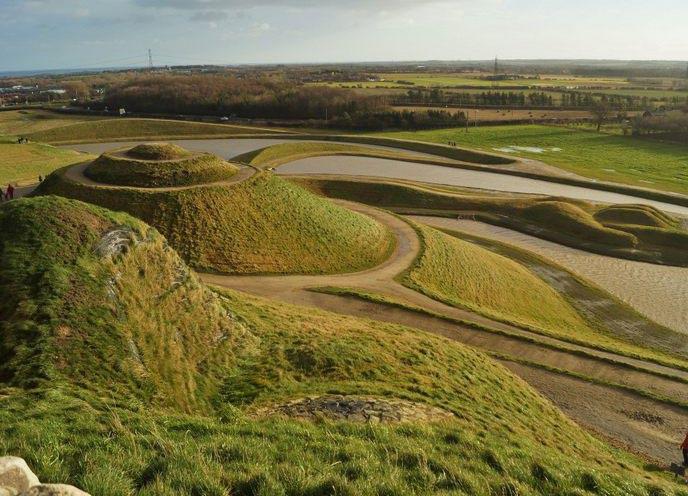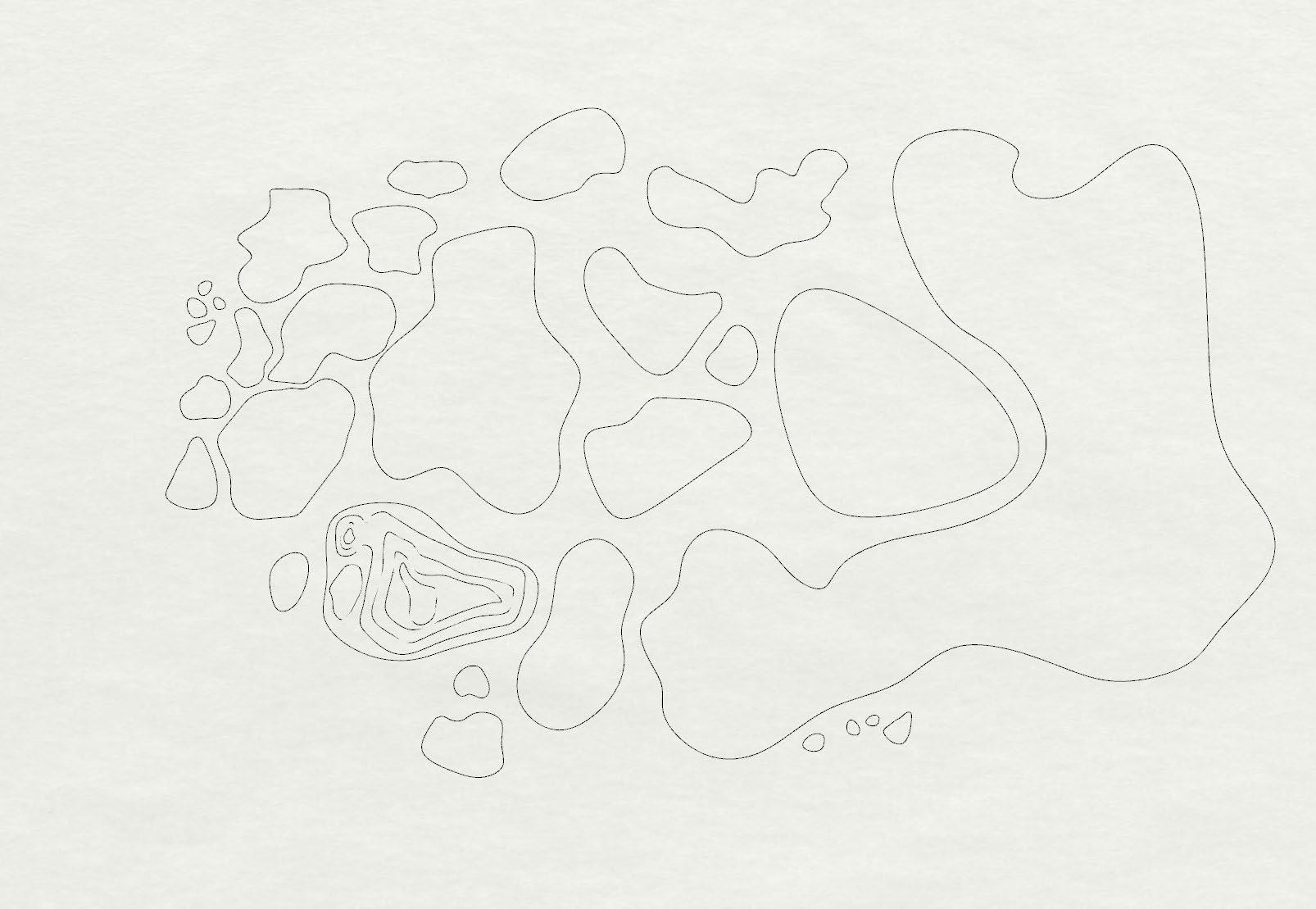
2 minute read
PRECEDENT STUDY

Lady Of The North
Advertisement
Northumberlandia, also known as the “Lady of the North,” is a unique and iconic land sculpture located in Northumberland, England. Designed by renowned artist Charles Jencks, Northumberlandia is an ambitious earthwork creation that merges art, landscape architecture, and environmental conservation.
The sculpture takes the form of a reclining female figure, measuring approximately 100 feet in height and spanning over 1,300 feet in length. It is sculpted from the surrounding landscape, utilizing around 1.5 million tons of earth and rock to shape the contours of the figure. The land form is carefully crafted to mimic the shape of a reclining woman, with undulating curves and contours that create a sense of graceful elegance.
Northumberlandia serves as a striking symbol of the region’s rich heritage and celebrates the beauty of the natural landscape. Visitors are encouraged to explore the sculpture by walking along designated pathways that wind through the various mounds and valleys, providing different perspectives and viewpoints of the artwork.
Beyond its aesthetic appeal, Northumberlandia also serves an important ecological purpose. The site includes a carefully designed network of ponds, wetlands, and woodlands, providing a habitat for a diverse range of plant and animal species. The sustainable landscaping techniques implemented during its construction prioritize conservation and biodiversity.
The architecture of Northumberlandia is unique in its blend of artistry and environmental consciousness. It represents an innovative approach to land art, where the landscape itself becomes a canvas for artistic expression. By combining natural and man-made elements, the sculpture creates an immersive experience that engages visitors with the surrounding environment.
Northumberlandia has become a popular visitor attraction, drawing people from near and far to appreciate its beauty and explore the surrounding parkland. The site offers a tranquil setting for leisurely walks, picnics, and enjoying panoramic views of the surrounding countryside.


Overall, the architecture of Northumberlandia showcases the potential of blending art, nature, and sustainability in a harmonious and captivating way, leaving a lasting impression on all those who encounter this magnificent land sculpture.
Drawing inspiration from the intriguing precedent of Northumberlandia and its integration with the natural landscape, embarked on my own creative endeavor. Instead of removing the existing dirt mounds found on the site, which disrupted the environment, envisioned a unique approach that would harness their potential to enhance the landscaping and prioritize conservation and biodiversity.
My design concept involved carving out the shapes of these preexisting mounds, transforming them into purposeful elements that contribute to the overall aesthetics and functionality of the site. By carefully sculpting the mounds, aimed to create visually engaging forms that seamlessly blend with the surrounding environment, while simultaneously serving as habitats for various plant and animal species.

Incorporating principles of sustainable landscaping, envisioned the introduction of playful gardens within the carved-out mounds. These gardens would offer a delightful experience for visitors, providing spaces for relaxation, exploration, and interaction with nature. Each garden area would be carefully curated, showcasing a diverse array of plant species, native flora, and possibly even sculptures or installations that harmonize with the natural surroundings.
By repurposing the existing mounds and integrating them into the overall design, sought to strike a balance between environmental preservation and human enjoyment. The playful gardens would not only enhance the aesthetic appeal of the site but also encourage visitors to engage with the landscape in a meaningful and sustainable way.
Moreover, the integration of these carved-out mounds would contribute to the conservation and biodiversity goals of the project. The varied topography, combined with strategic planting schemes, would create microhabitats that support a range of plant and animal life, fostering ecological resilience and promoting a healthy ecosystem.
In this way, my design aimed to build upon the spirit of Northumberlandia while offering a fresh interpretation that showcases the potential of repurposing existing elements for environmental enhancement. By preserving the site’s unique features, incorporating playful gardens, and prioritizing conservation and biodiversity, my vision sought to create a harmonious and immersive experience that celebrates the beauty of nature and engages visitors in a sustainable and enjoyable manner.









